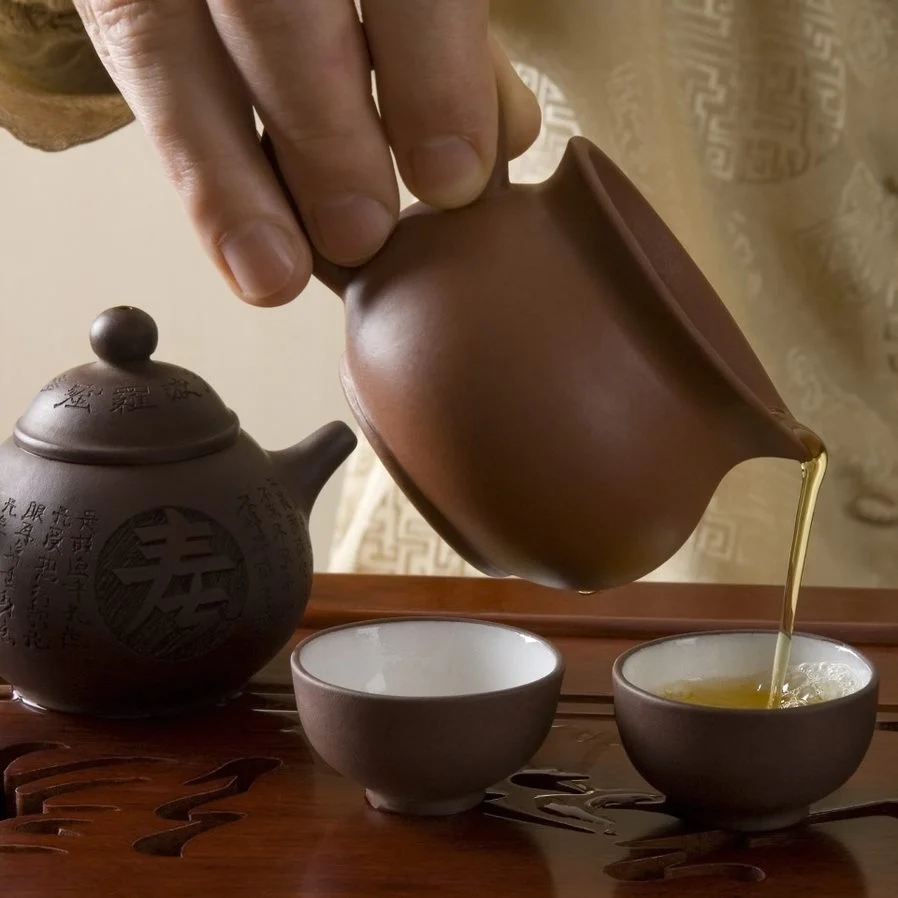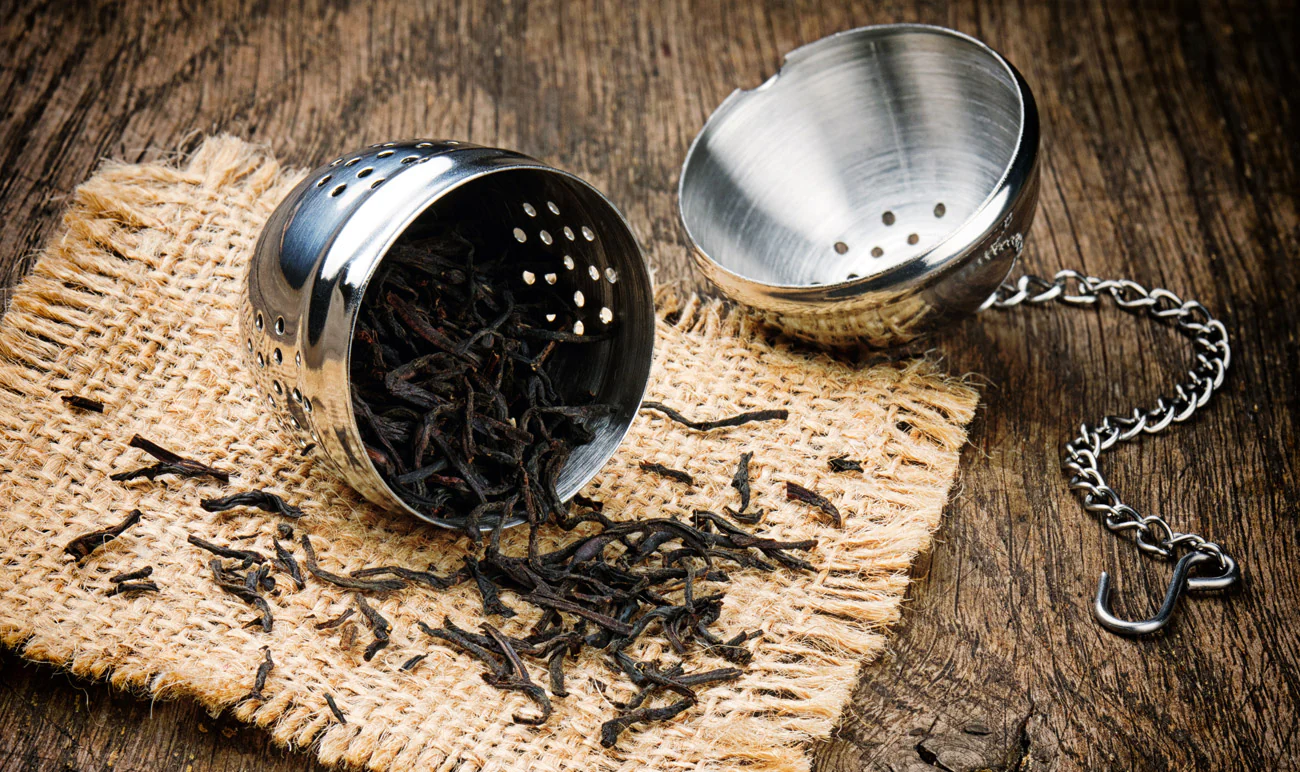Introduction
Tea is not just a beverage; it is an art form that has been cherished for centuries. From ancient traditions to modern practices, tea culture has evolved and flourished in various parts of the world. In this article, we will delve into the captivating world of tea, exploring its rich history, diverse flavors, and the customs associated with it. Join us on this delightful journey as we unravel the art of tea and its cultural significance around the globe.

The History of Tea: From Ancient Origins to Global Phenomenon
Tea has a long and fascinating history, with its origins dating back thousands of years. Legend has it that tea was first discovered in ancient China by Emperor Shen Nong in 2737 BCE. As the story goes, while sitting beneath a Camellia sinensis tree, a few leaves fell into his boiling water, resulting in a fragrant infusion that would become the precursor to what we now know as tea.
Over time, tea cultivation spread throughout Asia, with Japan, India, and other countries developing their own unique tea traditions. From the refined tea ceremonies of Japan to the robust and aromatic chai of India, each culture has embraced tea in its own distinct way, reflecting its values and customs.
The Art of Tea: Exploring Different Tea Varieties
Tea comes in a myriad of varieties, each with its own characteristics and flavors. Let’s take a journey through some of the most beloved tea types from around the world:
Green Tea: Nature’s Elixir
Green tea, widely celebrated for its health benefits, is a staple in many cultures. Originating in China, it is now produced and enjoyed globally. With its delicate taste and rich antioxidants, green tea offers a refreshing and rejuvenating experience.
Black Tea: Bold and Full-Bodied
Black tea, often associated with English teatime traditions, is a robust and full-bodied brew. Its deep amber color and invigorating flavor make it a popular choice for those seeking a strong cup of tea to start their day.
Oolong Tea: The Perfect Balance
Oolong tea strikes a balance between the freshness of green tea and the richness of black tea. Its complex flavors and floral undertones make it a delightful choice for tea connoisseurs.
Matcha: The Zen Elixir
Matcha, a finely ground powdered green tea, is an integral part of the Japanese tea ceremony. With its vibrant green color and distinct umami flavor, matcha offers a truly unique tea-drinking experience.
Herbal Infusions: Nature’s Bounty
Herbal infusions, also known as tisanes, encompass a wide range of caffeine-free beverages made from herbs, flowers, fruits, and spices. From soothing chamomile to invigorating peppermint, herbal infusions offer a world of flavors and therapeutic benefits.
Tea Customs and Ceremonies: Embracing Tradition
Tea customs and ceremonies are an integral part of many cultures, showcasing the artistry and reverence associated with tea. Let’s explore some notable tea customs from around the world:
The Japanese Tea Ceremony: Harmony and Tranquility
The Japanese tea ceremony, known as chanoyu or sadō, is a highly ritualized practice that emphasizes harmony, respect, and tranquility. Participants engage in a meticulously choreographed process of preparing and serving matcha, accompanied by serene aesthetics and profound mindfulness.
British Afternoon Tea: Elegance and Indulgence
Afternoon tea, a cherished tradition in the United Kingdom, is an occasion for savoring tea, dainty sandwiches, and delectable pastries. With its elegant settings and refined etiquette, it embodies a sense of sophistication and indulgence.
Moroccan Mint Tea: A Symbol of Hospitality
Moroccan mint tea, also known as “nana” tea, holds great cultural significance in Morocco. Prepared with green tea, fresh mint leaves, and a generous amount of sugar, it is a symbol of hospitality and warm welcome in Moroccan culture.
Gongfu Cha: The Art of Brewing
Gongfu Cha, meaning “making tea with skill,” is a traditional Chinese tea ceremony that emphasizes the meticulous preparation of tea leaves. From the precise measurements to the rhythmic pouring techniques, Gongfu Cha showcases the artistry and attention to detail associated with Chinese tea culture.
FAQs (Frequently Asked Questions)
1. What are the health benefits of tea?
Tea offers a multitude of health benefits. It is rich in antioxidants, which help protect the body against free radicals. Tea also contains compounds that may aid in weight management, improve heart health, boost the immune system, and promote mental well-being.
2. Does tea contain caffeine?
Yes, tea naturally contains caffeine. However, the caffeine content varies depending on the type of tea. For example, green tea and white tea generally have lower caffeine levels compared to black tea and oolong tea. Herbal infusions, such as chamomile or rooibos, are naturally caffeine-free.
3. Can tea help with relaxation?
Certain types of tea, such as chamomile, lavender, and peppermint, are known for their calming properties and may aid in relaxation. These herbal infusions have soothing effects on the mind and body, making them ideal choices for winding down after a long day.
4. How should tea be stored to maintain its freshness?
To keep tea fresh and flavorful, it’s essential to store it properly. Tea should be kept away from moisture, light, heat, and strong odors. It is best stored in airtight containers, away from direct sunlight, at a cool and dry place.
5. Are there any cultural taboos associated with tea?
Yes, different cultures have their own unique tea customs and taboos. For example, in Chinese culture, it is considered impolite to tap or stir the tea with a spoon against the teacup, as it is reminiscent of prisoners begging for mercy. It’s important to be aware of and respect the customs and traditions when enjoying tea in different cultural settings.
6. Can tea be used for cooking or baking?
Absolutely! Tea can be a versatile ingredient in cooking and baking. It can add subtle flavors and aromas to dishes, infuse desserts with a unique twist, or be used as a marinade for meats. Earl Grey-infused cakes, green tea ice cream, and jasmine tea-infused rice are just a few examples of tea’s culinary potential.
Conclusion
The art of tea transcends borders and cultures, weaving a tapestry of flavors, customs, and rituals that have captivated tea enthusiasts for centuries. From the serene Japanese tea ceremonies to the lively Indian chai stalls, tea culture offers a glimpse into the diverse and fascinating world we live in. So, brew yourself a cup of tea, immerse yourself in its soothing warmth, and embark on your own journey of exploring the art of tea: a truly enriching experience for the mind, body, and soul.
============================================
